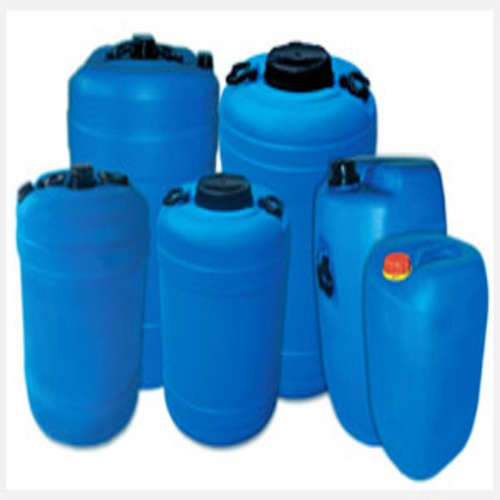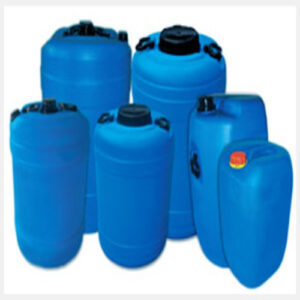Textile Discharging Agent – Discharging agent for pigment discharge printing. Reducing agent for direct Vat printing.
Chemical Nature : Sulfinic acid derivative, Sodium Salt; Anionic.
Features
- Clear, colorless to slightly yellowish liquid, miscible with water in all proportions.
- Non-hazardous with low toxicity.
- Strong reductive effect.
- Best reductive effect below 120C.
- Stable on storage.
- Easy to handle liquid, readily soluble in water.
- Non-foaming.
- Can be automatically metered and dosed.
- No unpleasant odor.
- Moderately bio-eliminable.
- Zinc free.
Benefits
- Liquid ; no dusting issues.
- Suitable for water based and solvent based printing systems.
- Provides consistent discharge results.
- Does not reduce the service life of printing cylinders.
- Any streaks appearing in printed articles can be removed by oxidation during washing – off of prints using peroxide.
- Compatible with synthetic thickeners.
- Excellent stability in print pastes and dried prints before steaming.
Ecology
This textile discharging agent is biodegradable. According to our experience Leomine Discharge DPS does not exert any harmful effects on health provided they are used as per our recommendation. Does not contain APEO / NPEO.
Storage
Textile discharging agent has a shelf life of at least one year if stored in its tightly sealed original packing at temperatures between 5ºC and 35ºC in a dry place. Drums should be tightly resealed each time the material is taken from them, and their contents should be used up as soon as possible after they have been opened.
Properties
Appearance: Clear, colorless to slightly yellow Liquid
Solubility: Miscible with water in all proportions
pH: 10 – 11
Density: 1.2 – 1.3 g/cm³
Stability
This discharging agent is stable to hard water and alkalis. Leomine Discharge DPS should not be mixed with acids since the latter destroys the product.
Compatibility
This textile discharging agent is compatible with anionic and non-ionic auxiliaries.
Application
The following guideline recipes are recommended :
Discharge stock paste for Cotton goods
- … g water
- 0.5 – 3 g Antifoam, if required
80 –100 g Leomine Discharge DPS
approx 80 g Leomine Thickener HEF
130 –180 g Leomine Binder BT
2 g triethanolamine
20 g Diammonium phosphate 1 : 3
1000 g Total - The above to be stirred in the sequence given above one after the other using high speed stirrer for 10 minutes
- Maintain viscosity: approx. 50 dPa / s VT 02 and pH of 8
Colored discharges … g Leomine PD ( pigment preparations )
… g discharge stock paste
1000 g
The Leomine PD pigments are best added to stock paste containing reducing agents just before printing is to be commenced.
White discharges 50 – 200 g Leomine PD White ( pigment preparations)
… g discharge stock paste
1000 g
- After printing, the fabric is dried. The discharge action of Leomine Discharge DPS declines noticeably at temperatures above 120 °C. The temperature on the fabric should therefore not exceed 110 °C.
- The fabric is then steamed (6 –10 minutes at 102 °C with saturated steam, air-free) and cured (5 minutes at 150 °C with hot air). Finally the prints are rinsed in cold water, treated at 40 – 60 °C with 2 ml/l peroxide, then soaped at 60 – 70 °C with 1 g/l Leomine Wash Jet DBJ., rinsed again in cold water and dried.
- Fabric printed with Leomine Discharge DPS and then thoroughly dried should be left no longer than 2 days before being steamed.
- The printed and dried fabric must be protected from moisture because this in combination with accumulated heat causes decomposition of the reducing agent, thus adversely affecting the discharge effect.
- Steaming with saturated steam in an air-free steamer is necessary for the reductive destruction of the ground dyes, and curing with hot air is crucial to achieving a good fastness level. Fixation with superheated steam is not suitable for discharge prints produced with Leomine Discharge DPS.
Direct printing with vat dyes
- The use of Leomine Discharge DPS in direct printing with vat dyes results in prints with excellent brilliance.
- In preparing a stock paste, potash or soda and then Leomine Discharge DPS are added to the thickener cooled to at least 60 °C. The following recipe should be taken as a guide for preparing a print paste.
Guideline recipe
- 600 g Leomine Thickener HEF
100 g Potassium Hydroxide
50 g Glycerol
200 g Leomine Discharge DPS
… g make up to 1000 g
Safety
When using this textile discharging agent, the information and advice given in our Safety Data Sheet should be observed. Due attention should also be given to the precautions necessary for handling chemicals.






There are no reviews yet.